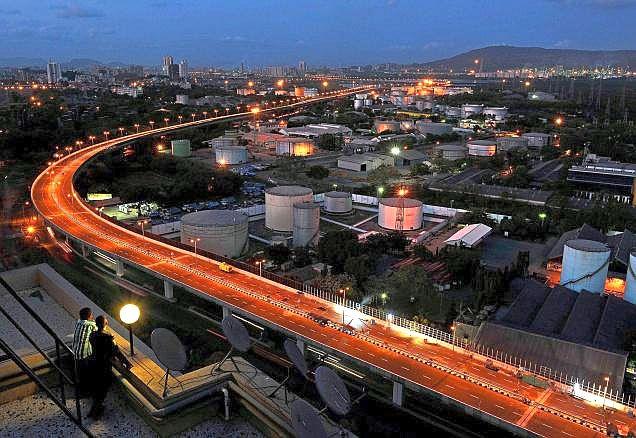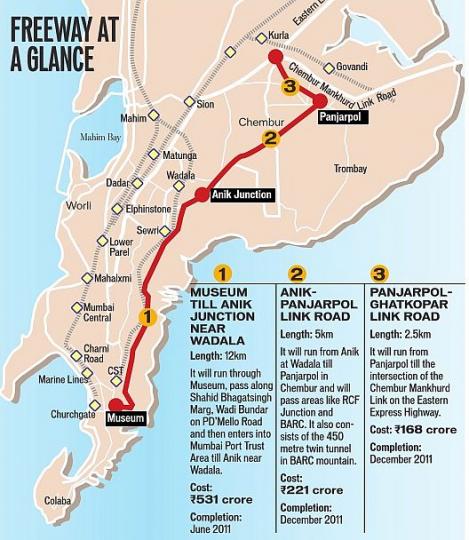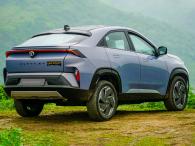News
Mumbai Eastern Freeway: All you need to know
Mumbai, the financial capital of India, is in dire need of modern day infrastructure that can keep up with the frenetic growth of the city. A city that attracts both the moneyed and non-moneyed classes of people from all across India in good measure, Mumbai is bursting at its seams. A prime issue in the coastal city is that of inadequate roadways, especially considering the fact that many Mumbai residents spend large amounts of time stuck in traffic jams.
To ease congestion in Mumbai, a slew of measures have been planned by the city's civic bodies, central and the state governments. One such congestion easing measure is the Eastern Freeway, comprising of an elevated roadway and an urban tunnel. The freeway aims to cut driving time from south Mumbai to the eastern suburbs, from 45 minutes to 20-25 minutes. With the soon-to-be-ready Mumbai Metro and Mono Rail projects, the Eastern Freeway is expected to do its bit for easing congestion in Mumbai.
The Eastern Freeway will connect south Mumbai (SoBo to many) with the eastern suburbs of the city. The freeway measures 17 kilometers in length, spanning 3 segments. The first segment, a 9.29 Km stretch of elevated road, connects P.D'Mello road in south Mumbai to Anik-Panjarpol linking road. This stretch of elevated road is the third longest in India, after the Kanpur Bypass Flyover on NH2 (25 Kms) and P.V Narasimha Rao Expressway in Hyderabad (11.6 Kms).
The second segment, 5 Kms long, runs from Bhakti Park to the Chhatrapati Shivaji Maharaj statue at Chembur. This stretch also has a 500 meter tunnel, which happens to be the first ever urban tunnel in the country. The first and the second stretches of the Eastern Freeway are now open for public use. The third segment, which is yet to be opened, will run from Chembur to the Ghatkopar-Mankhurd link road, and is said to become ready for use by December 2013.
The Eastern Freeway was first mooted in 1983 and it has taken 3 decades for the project to see the light of the day. Construction of the main freeway began in 2008. The freeway's estimated cost is about 1,250 crore rupees (including cost escalations due to delays). This sum is funded by the Jawaharlal Nehru Urban Renewal Mission (JNNURM), which is a central government fund for urban infrastructure improvement. Commissioned by the Mumbai Metropolitan Region Development Authority (MMRDA), construction of the freeway was contracted to Simplex Infrastructure, a private sector concern.
High points of the Eastern Freeway
- The freeway is signal and toll free.
- The freeway is restricted to cars and light commercial vehicles.
- Two and three wheelers, heavy vehicles (except buses operated for public transport), hand carts, animal carts and pedestrians are prohibited on the freeway.
- This is the third road in Mumbai that has been blocked to two wheelers, after JJ Flyover and the Bandra-Worli sea link.
- Vehicles are prohibited from halting on the freeway, which has a speed limit of 60 Kmph.
- The freeway is equipped with seismic arresters that are intended to help it withstand earthquakes up to 7.5 on the Richter scale
- Until now, 30.25 lakh bags of cement, 43,100 tons of iron rods, and 3160 tons of high pressure iron have been used for the construction of the freeway.
- 13 MMRDA engineers, 82 contractors and 1,100 labourers have been involved in the construction of this freeway.
Images courtesy BHPian Esma1981, TheHindu and PropertyNice













_1.jpg)










